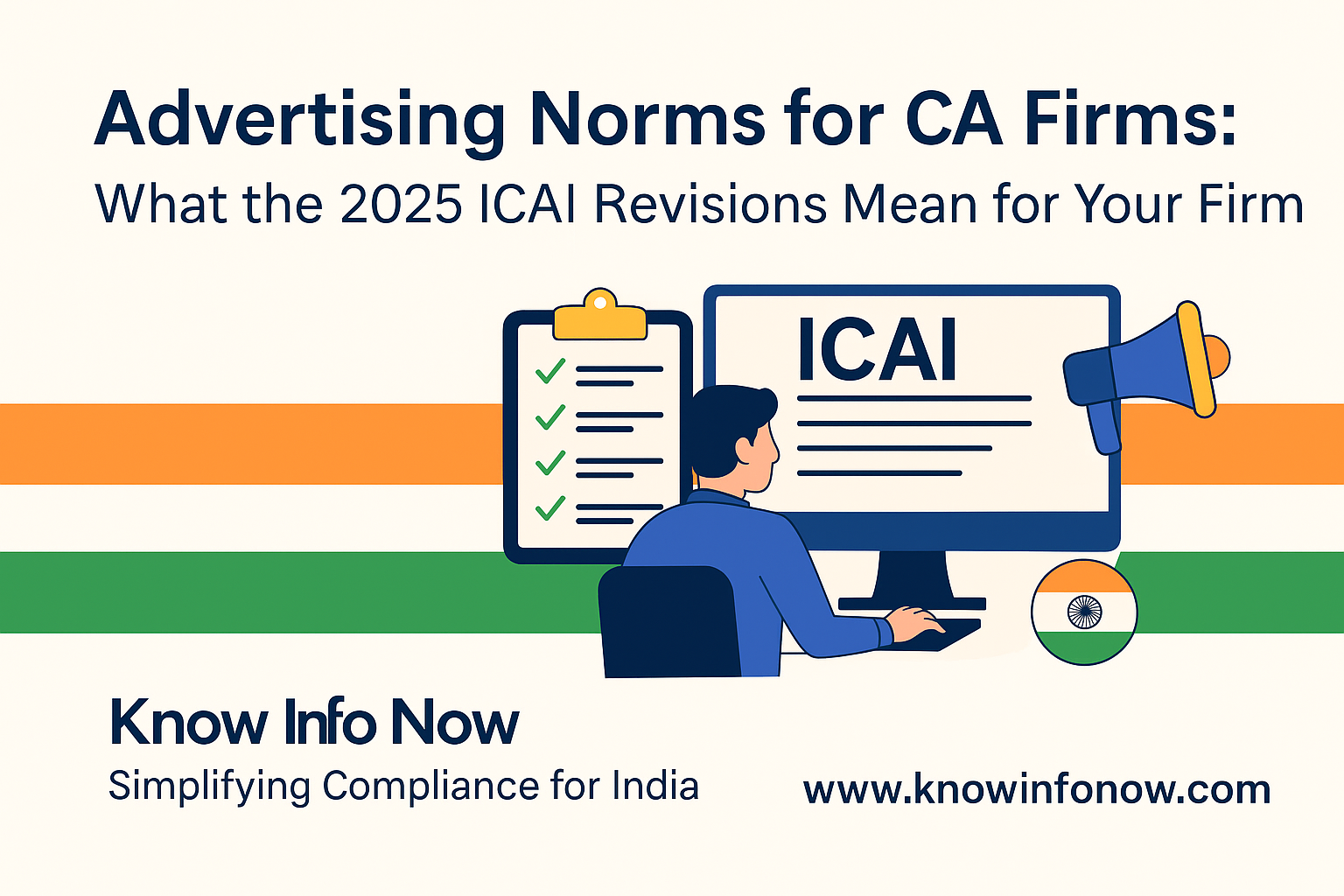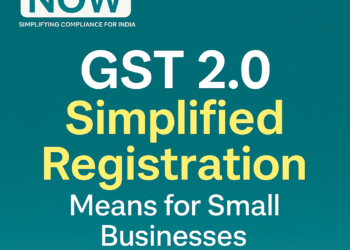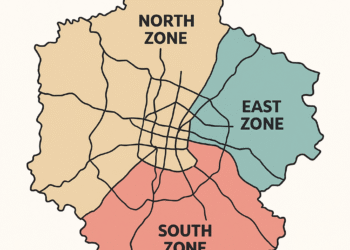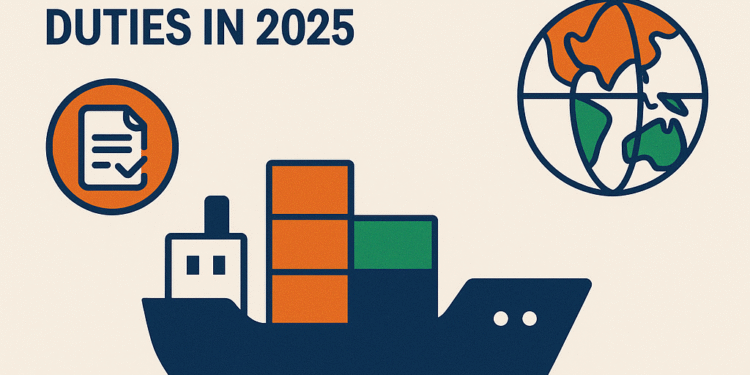🚢 Introduction: A Big Step for Indian Importers
The Central Board of Indirect Taxes and Customs (CBIC) has announced one of the most significant reforms in India’s trade and customs compliance framework.
In October 2025, CBIC officially merged 31 separate customs notifications into a single consolidated notification, drastically simplifying the import-duty process for Indian businesses.
This move aims to make customs procedures more transparent, tech-enabled, and time-efficient, supporting India’s broader goal of achieving a top-25 rank in global trade ease by 2030.
⚙️ What Exactly Has Changed
Earlier, importers had to refer to multiple overlapping notifications — each detailing exemptions, duty adjustments, and procedural clarifications.
For years, this created confusion, redundant filings, and inconsistent interpretation by officers at different ports.
With the 2025 merger, the CBIC has:
- Consolidated 31 notifications into a single master notification.
- Standardized exemptions and concessions across industries.
- Digitized references to tariff entries under the Customs Tariff Act.
- Introduced a unified annexure for documents and conditions.
Essentially, what previously took dozens of cross-references can now be handled through one source of truth, simplifying compliance for importers and customs officers alike.
📋 Key Features of the 2025 Customs Simplification
| Feature | Old System | New Simplified System (2025) |
|---|---|---|
| Notification Count | 31 scattered notifications | 1 unified notification |
| Reference Structure | Multiple circulars and addenda | Single annexure with digital reference |
| Documentation | Port-specific variations | Uniform documentation checklist |
| Exemption Criteria | Manually cross-checked | Auto-validated via ICEGATE system |
| Amendments | Frequent and fragmented | Quarterly consolidated update |
💼 How It Benefits Importers
- Less Paperwork, Fewer Delays
Importers no longer need to attach multiple exemption references. The unified format reduces document review time by 30–40% at customs clearance. - Uniform Interpretation Across Ports
Customs officials now refer to a single master document, reducing subjectivity and region-specific discrepancies. - Simplified Audit Trail
The electronic reference in ICEGATE (CBIC’s e-governance platform) allows importers to track duty benefits, concessions, and clearances more transparently. - Faster Policy Updates
Any policy change or duty revision will be issued as an addendum to the main master notification — ensuring importers don’t miss critical updates. - Boost to MSME Exporters-Importers
Small and mid-scale importers, often reliant on consultants, can now self-navigate compliance, saving both time and legal costs.
🌍 CBIC’s Broader Vision: Trade Simplification 2030
This reform is part of a series of measures under the “Ease of Doing Business” roadmap, aligning India’s customs policy with WTO’s Trade Facilitation Agreement.
Other upcoming steps include:
- Automated Bill of Entry validation using AI.
- Centralized Risk Management System (CRMS) for cargo profiling.
- End-to-end digital processing for export refunds and import rebates.
- Integration of DGFT and CBIC databases for seamless trade document flow.
Together, these initiatives will significantly reduce customs bottlenecks and enhance India’s trade competitiveness.
⚠️ What Importers Should Do Now
To take advantage of the new simplified system:
- Download the Master Notification (2025 Edition) from the CBIC official portal.
- Review applicable exemptions under your import category.
- Update internal SOPs and ERP systems to align with new document codes.
- Train customs and logistics teams to identify the new reference structure.
- Track CBIC updates — subsequent addenda will be published quarterly on ICEGATE.
🧾 Example: Simplified Import of Industrial Components
Before (Old System):
A small auto-parts importer had to refer to five separate notifications — one for duty exemption, one for raw material classification, and others for end-use verification.
Each required physical verification at port, often leading to delays of up to 5 days.
After (2025 System):
Under the merged notification, all relevant exemptions and validation steps are pre-linked digitally. The importer simply references the single master code — clearing goods within 48 hours.
🏁 Conclusion: One Nation, One Notification
The CBIC’s 31-notification merger is more than administrative housekeeping — it’s a structural reform that cuts red tape and boosts efficiency.
For importers, this means fewer headaches, faster clearances, and reduced costs.
For the Indian economy, it signals a step toward modern, digitized customs governance that supports trade growth in the years ahead.
By November 2025, all importers should ensure their internal processes, agents, and documentation are aligned with this new unified customs regime.



















